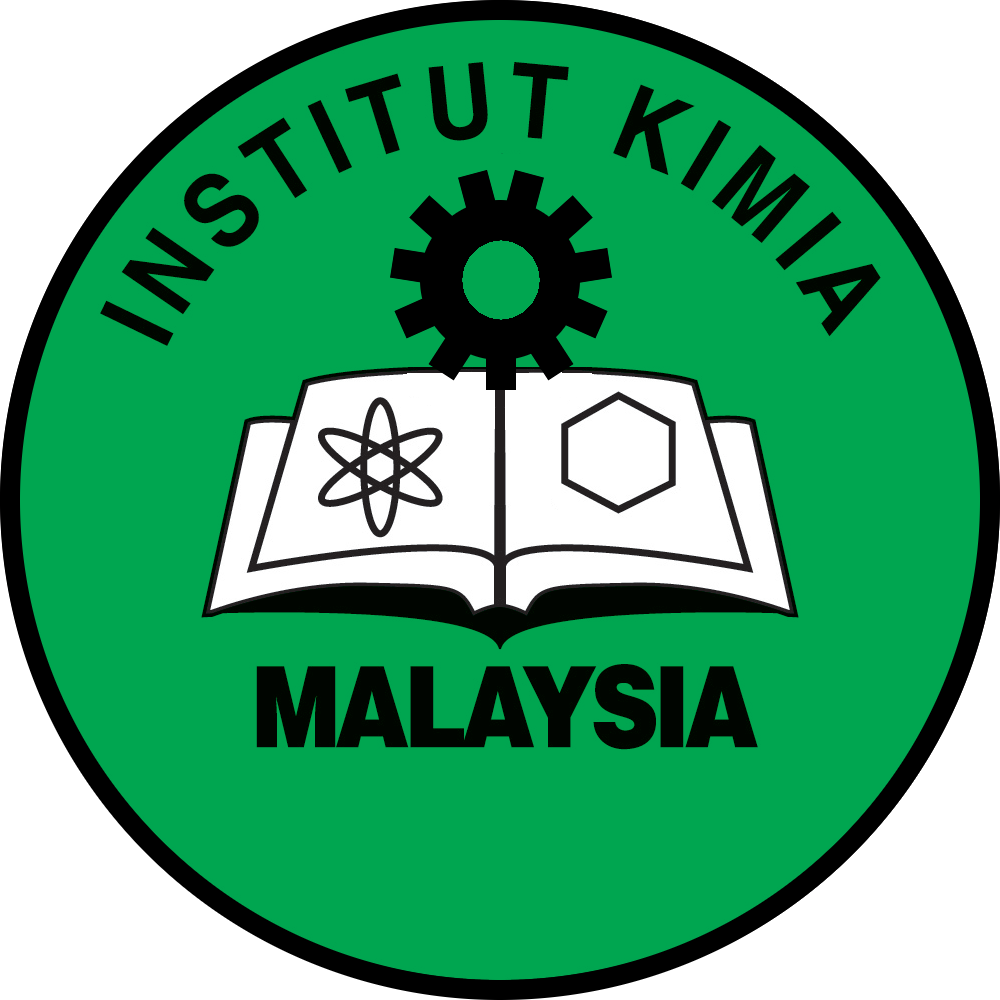Electrocoagulation Treatment of UMK Fishpond Wastewater: Impact of Various Parameters on Heavy Metal Ion Removal
DOI: https://doi.org/10.55373/mjchem.v27i3.78
Keywords: Electrocoagulation; wastewater; heavy metals; mild steel electrode
Abstract
Heavy metal ions in water can significantly threaten aquatic life, human health, and the environment. These ions can accumulate in densely populated fishponds. This study investigates using electrocoagulation to remove heavy metal ions from fishpond water, testing various electrode materials and configurations. The configurations tested include monopolar electrodes in parallel and series connections, and bipolar electrodes in series connections. The electrode materials used were aluminium, stainless steel, and mild steel. The research identifies the most effective materials and configurations for removing heavy metal ions (Cd, Pb, and Zn) from fishpond water within 30 minutes using electrocoagulation. The findings indicate that the optimal setup is configuration 3, with bipolar electrodes in series connections. Aluminium electrodes proved most effective for removing Cd and Pb, achieving removal rates of 45.5% and 48.6%, respectively, after 30 minutes. For Zn removal, mild steel electrodes were the most effective, removing up to 60.9% of Zn in the same timeframe. In summary, the best electrode configuration for electrocoagulation is bipolar electrodes in series connections, with aluminium being the best material for Cd and Pb removal, and mild steel for Zn removal.
